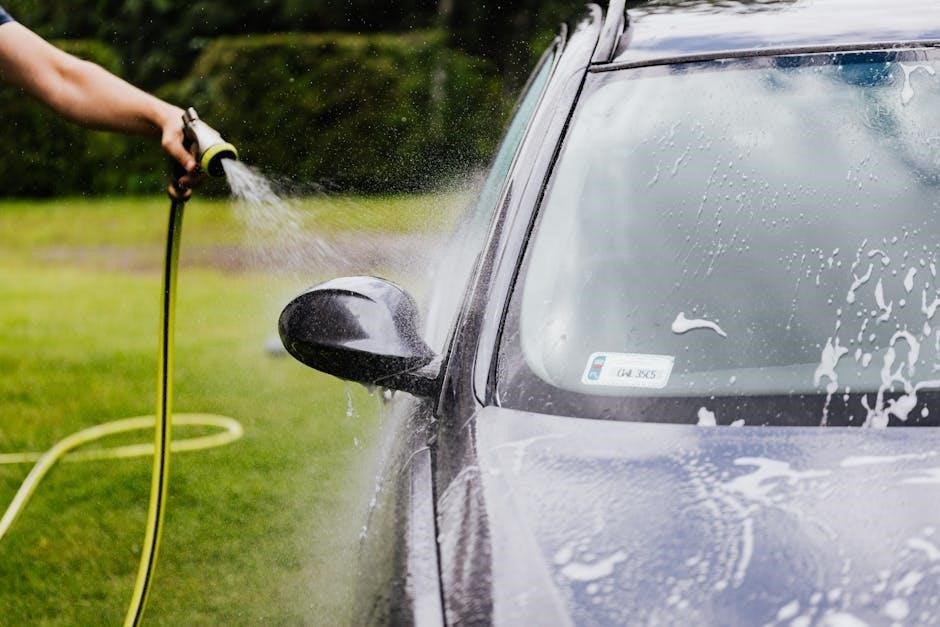
why does manual car stall
Understanding Why Manual Cars Stall
Manual cars stall when the engine’s RPM drops too low to maintain power. This often happens during improper clutch release or insufficient acceleration. The clutch connects and disconnects the engine from the wheels; releasing it too quickly without enough throttle causes the engine to struggle. Similarly, being in too high a gear for the speed can lead to stalling. Driver error, such as poor coordination between the clutch and accelerator, is the most common cause. Mechanical issues like a worn clutch or low engine power can exacerbate the problem. Stalling is a common part of learning to drive a manual car, even for experienced drivers in heavy traffic or low-speed situations.
Stalling a manual transmission car is a common experience, especially for new drivers learning to master the clutch and accelerator coordination. A stall occurs when the engine’s revolutions per minute (RPM) drop below the threshold necessary to maintain power, causing the vehicle to come to a halt. This typically happens during the transition from neutral to first gear or when shifting gears improperly. The most frequent causes of stalling include releasing the clutch too quickly, failing to provide enough throttle, or selecting the wrong gear for the vehicle’s speed.
Manual transmissions require a delicate balance between the clutch pedal and the accelerator. When the clutch is released too abruptly without sufficient acceleration, the engine struggles to maintain its RPM, leading to a stall. Similarly, driving in too high a gear for the current speed can overburden the engine, resulting in a loss of power and eventual stalling. While stalling can be frustrating, it is a natural part of the learning curve for drivers new to manual transmissions.

Experienced drivers are not immune to stalling either, especially in challenging driving conditions such as heavy traffic or inclines. Proper technique, including feathering the clutch and gradually increasing throttle input, is essential to avoiding stalls. Understanding the mechanics behind stalling is the first step toward improving driving skills and enjoying the control and efficiency that manual transmissions offer.
Role of the Clutch and Accelerator

The clutch and accelerator are central to the operation of a manual transmission car, and their coordination is key to preventing stalls. The clutch pedal connects and disconnects the engine from the transmission, allowing for smooth shifting between gears. When pressed down, it disengages the engine from the wheels, enabling the driver to shift gears without causing the car to jerk or stall. The accelerator pedal, or throttle, controls the engine’s power output by regulating fuel intake, which directly affects the engine’s revolutions per minute (RPM).
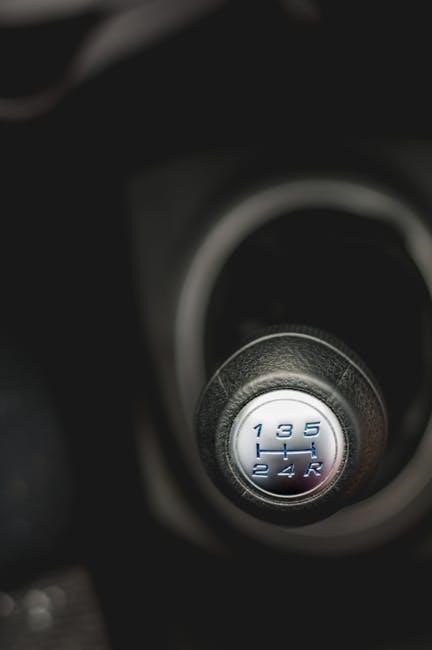
When starting from a standstill, the driver must press the clutch pedal fully and shift into first gear. Slowly releasing the clutch while simultaneously pressing the accelerator is essential to avoid stalling. This process ensures the engine maintains a steady RPM, providing enough power to move the vehicle forward smoothly. If the clutch is released too quickly without adequate throttle input, the engine’s RPM will drop below the idle threshold, causing the car to stall.
In higher gears, the accelerator plays a crucial role in maintaining speed and power, especially when climbing inclines or accelerating from a low speed. If the car slows down significantly in a high gear without sufficient throttle input, the engine may struggle to maintain RPMs, leading to a stall. Proper coordination between the clutch and accelerator ensures smooth acceleration and prevents the engine from stalling, making it vital for drivers to master this technique to enjoy seamless control over their manual transmission vehicle.
Importance of RPMs in Preventing Stalls
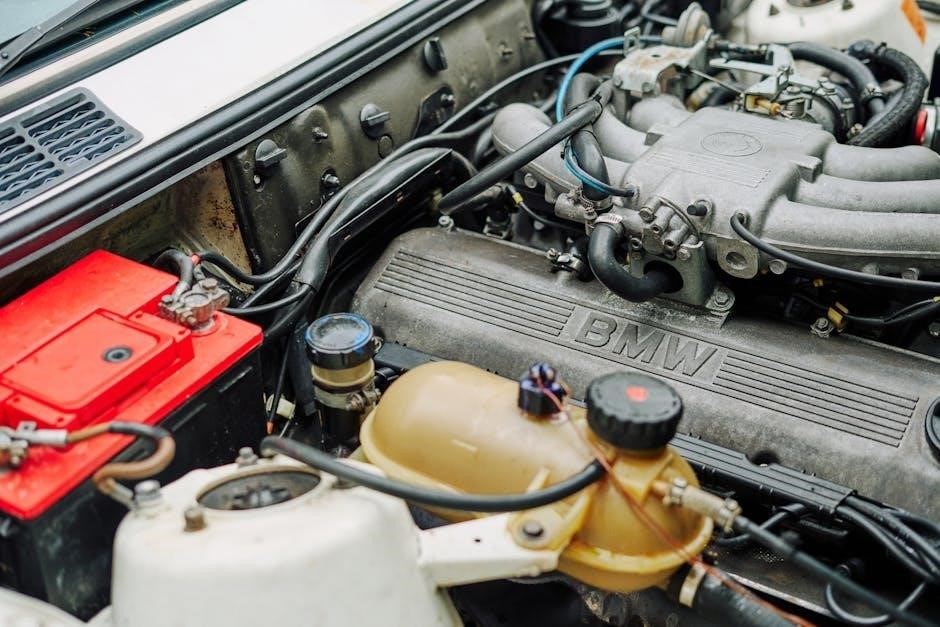
Revolutions per minute (RPMs) play a critical role in preventing a manual car from stalling, as they directly indicate the engine’s operational speed and power output. When driving a manual transmission vehicle, maintaining an appropriate RPM range is essential to avoid stalling, especially during low-speed maneuvers or when transitioning between gears. The engine’s RPMs determine whether it has enough power to sustain movement without sputtering or shutting down.

The relationship between RPMs and torque is fundamental. At low RPMs, the engine produces less torque, which can lead to a stall if the car is in too high a gear for the current speed. Conversely, higher RPMs provide more torque, giving the engine the necessary power to maintain momentum. For instance, when starting from a standstill, it is important to keep the RPMs above the engine’s idle threshold (typically around 600-800 RPM) while gradually releasing the clutch pedal. If the RPMs drop below this level, the engine will struggle to stay running, resulting in a stall.
Additionally, the tachometer, which measures RPMs, is a vital tool for drivers of manual cars. By monitoring the tachometer, drivers can ensure they are shifting gears at the correct RPM range, avoiding both premature shifts that cause the engine to bog down and overly high RPMs that can strain the engine. Proper RPM management also improves fuel efficiency and reduces wear on the engine and transmission over time.
Impact of Gear Selection on Stalling
Gear selection plays a significant role in whether a manual car stalls, as the wrong gear for the driving situation can lead to insufficient power delivery and engine stalling. Manual transmissions rely on the driver to choose the appropriate gear based on speed, terrain, and load, and improper selection can disrupt the balance between engine speed and vehicle demand.
When a driver selects a gear that is too high for the current speed or load, the engine may not produce enough torque to maintain momentum. This often happens in situations like starting on an incline or pulling away from a standstill in a higher gear than necessary. The engine struggles to maintain RPMs, leading to a drop below the idle threshold and eventual stalling. Conversely, being in too low a gear at high speeds can over-rev the engine, though this is less likely to cause stalling and more likely to result in mechanical stress.
The relationship between gear selection and stalling is further complicated by driving conditions. For example, in heavy traffic or when driving uphill, failing to downshift to a lower gear can result in the engine lugging and stalling. Similarly, when approaching a stop, drivers must downshift to a lower gear to match the engine speed with the vehicle’s deceleration. If the driver skips gears or remains in too high a gear, the engine will stall upon coming to a stop.
Proper gear selection requires a combination of practice, situational awareness, and a feel for the engine’s behavior. Drivers must learn to listen to the engine’s RPMs and respond by shifting gears appropriately. Inexperienced drivers often struggle with this coordination, leading to frequent stalling. Over time, however, the ability to select the right gear becomes second nature, reducing the likelihood of stalls and improving overall driving smoothness.
Mechanical Factors Contributing to Stalls

While driver error is a common cause of manual car stalling, mechanical issues can also play a significant role. These problems often stem from wear and tear, improper maintenance, or component failure. One of the most common mechanical factors is a faulty clutch system. If the clutch is worn out or misaligned, it may not disengage or engage properly, leading to inconsistent power transfer and engine stalling. Similarly, a clutch that is too worn to hold the engine’s torque can cause the vehicle to stall, especially when accelerating from a standstill.
Another mechanical issue is a poorly adjusted or malfunctioning idle control system. Modern cars rely on idle control valves or electronic throttle systems to maintain a stable idle RPM. If these systems fail or become clogged with dirt, the engine may not idle smoothly, causing it to stall when the clutch is pressed or when shifting gears. Additionally, a vacuum leak in the intake system can disrupt the air-fuel mixture, leading to an unstable engine idle and increased stalling likelihood.
Other mechanical contributors include faulty sensors, such as the throttle position sensor or the crankshaft position sensor. These sensors provide critical data to the engine control unit (ECU), which calculates the correct fuel injection and ignition timing. If these sensors fail or send inaccurate readings, the engine may not run smoothly, especially in low-speed or high-load conditions, resulting in a stall. Similarly, issues with the fuel system, such as a clogged fuel filter or low fuel pressure, can prevent the engine from receiving the necessary fuel to maintain operation.
In some cases, mechanical problems like a worn-out timing belt or chain, or a malfunctioning ignition system, can also cause stalling. These issues often require professional diagnosis and repair. Regular maintenance, such as replacing worn components and ensuring proper adjustments, is essential to minimize the risk of mechanical-related stalls.
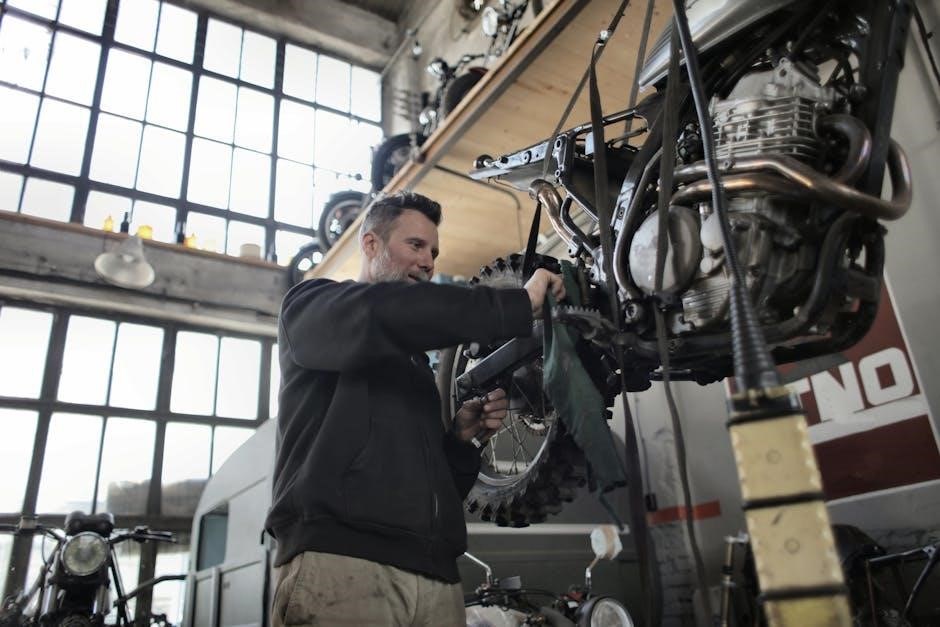
Driver Error and Technique
Driver error is one of the most common reasons why manual cars stall. Many stalling incidents are due to improper use of the clutch and accelerator pedals, especially among inexperienced drivers. One of the most frequent mistakes is releasing the clutch too quickly or abruptly, particularly when starting from a standstill. This sudden disconnection of the engine from the transmission can cause the engine to lose power and stall. Similarly, failing to press the clutch fully when shifting gears can lead to grinding or misalignment of gears, which may result in a stall if not corrected promptly.

Another common issue is improper management of RPMs (revolutions per minute). Manual transmissions require drivers to maintain a steady RPM when accelerating or decelerating. If the driver does not provide enough throttle when releasing the clutch or shifting into a higher gear, the engine may not have enough power to maintain operation, leading to a stall. This is especially common in low-speed situations, such as pulling away from a stop or driving uphill. Additionally, drivers who are not attentive to the tachometer or do not develop a “feel” for the correct RPM range may struggle to prevent stalling.
Driver technique also plays a significant role. For example, “riding the clutch” (keeping the clutch partially pressed while driving) can overheat the clutch and reduce its effectiveness over time, increasing the likelihood of stalling. Similarly, shifting into the wrong gear for the current speed or load can strain the engine and cause it to stall. Inexperienced drivers may also panic when the car starts to stall, leading to poor decision-making, such as pressing the accelerator too hard or failing to restart the car properly.
Practicing smooth clutch engagement, paying attention to RPM levels, and developing muscle memory for gear shifts are key to minimizing stalling caused by driver error. Over time, drivers can improve their technique and reduce the frequency of stalling incidents.
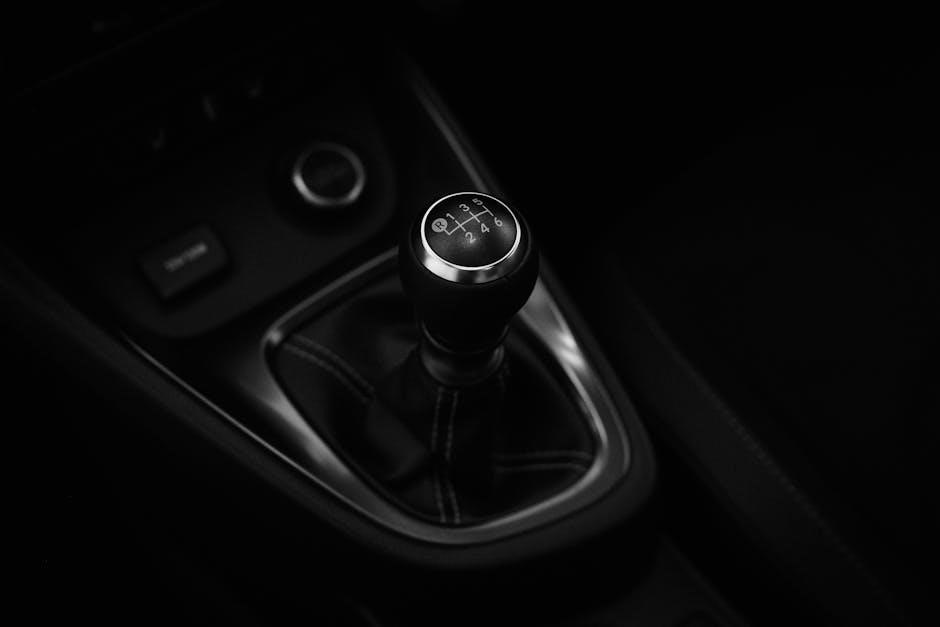
Traffic and Low-Speed Driving Challenges
Driving a manual transmission car in heavy traffic or at low speeds can significantly increase the likelihood of stalling. In stop-and-go traffic, drivers are frequently required to start and stop, which demands precise coordination between the clutch, accelerator, and gear selection. This repetitive process can be challenging, especially for inexperienced drivers, as it requires constant attention and smooth pedal control. If the driver fails to maintain the correct RPMs while accelerating from a standstill or transitioning between gears, the engine may stall.
Low-speed driving, such as in congested city centers or parking lots, further amplifies the difficulty. At low speeds, the clutch and accelerator must be managed with even greater care, as the engine has less torque to work with. Sudden stops or abrupt movements in traffic can catch drivers off guard, leading to improper clutch engagement or insufficient throttle application. Additionally, driving uphill in traffic adds another layer of complexity, as gravity works against the vehicle, requiring more precise control to prevent stalling.
Another challenge in low-speed driving is the need to maintain smooth clutch engagement. In situations where the car is moving slowly, such as in tight spaces or heavy traffic, drivers must release the clutch gradually while simultaneously applying the accelerator. If this process is rushed or mishandled, the engine may lose power and stall. This is particularly common in vehicles with sensitive clutches or those equipped with modern fuel-saving technologies, such as start-stop systems, which can make stalling more frequent in traffic.
To mitigate these challenges, drivers should practice low-speed maneuvers in controlled environments and develop a smooth, deliberate technique for clutch and accelerator operation. Anticipating traffic flow and maintaining a safe distance from the vehicle ahead can also reduce the likelihood of sudden stops and stalls. With practice and experience, drivers can improve their ability to manage manual transmissions in demanding low-speed conditions.
Understanding why manual cars stall is essential for improving driving skills and extending the life of the vehicle. Stalling is often the result of a combination of factors, including improper clutch and accelerator coordination, insufficient RPMs, incorrect gear selection, and challenging driving conditions. Mechanical issues, such as worn-out clutch components or faulty idle control valves, can also contribute to frequent stalling. Additionally, driver error, particularly among those new to manual transmissions, plays a significant role in many cases.
By addressing these factors, drivers can significantly reduce the likelihood of stalling. This includes practicing smooth clutch engagement, paying attention to RPM levels, and selecting the appropriate gear for the driving situation. Regular maintenance of the clutch and engine components is also crucial to prevent mechanical-related stalls. Furthermore, gaining experience in various driving conditions, such as traffic and low-speed environments, can help drivers develop the skills needed to manage their manual transmissions effectively.
While stalling can be frustrating, it is a common part of the learning process for manual transmission drivers. With patience, practice, and a better understanding of how the vehicle operates, drivers can master the techniques required to avoid stalling. Over time, these skills become second nature, allowing for a smoother and more enjoyable driving experience. In conclusion, stalling in manual cars is not an unavoidable issue but rather a challenge that can be overcome with proper knowledge and practice.